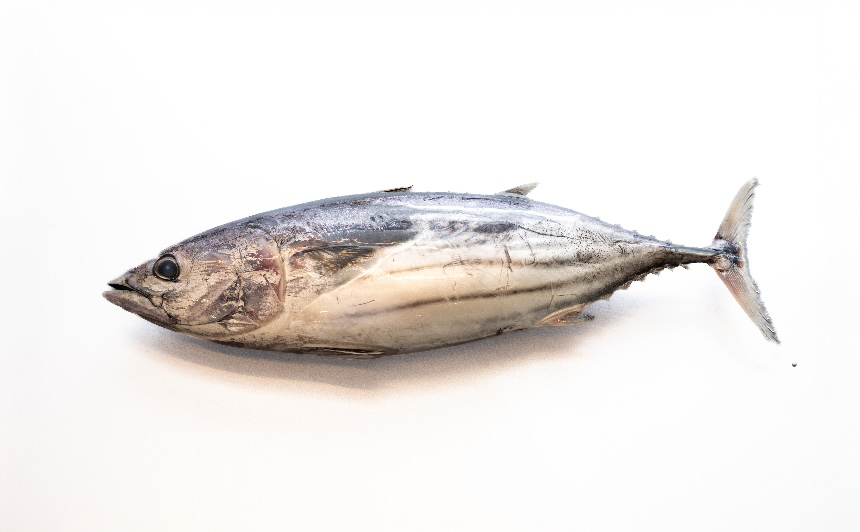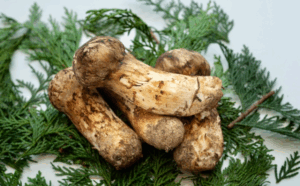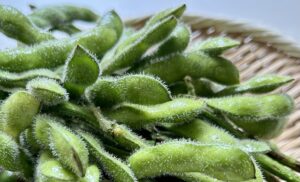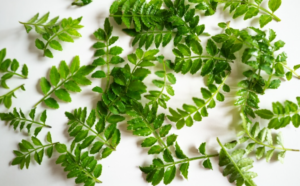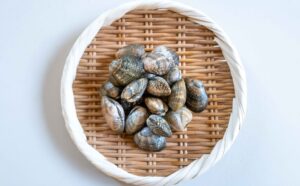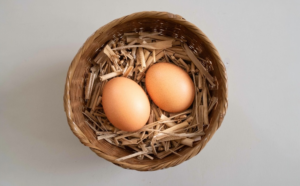Bonito, or “katsuo” is one of the staple foods in Japanese cuisine, with a history dating back to the ”Nihon Shoki,” one of Japan’s oldest historical records.
The very first dish ever in the country is ”katsuo namasu,” sliced raw bonito with vinegar. Katsuo mainly lives in the Pacific Ocean, possibly originating near Indonesia, and in spring, they make their way north on the Kuroshio Current to the waters around Japan. During the Edo period, the first katsuo of the season was most sought after, found off the coast of Kamakura in Sagami Bay.
The season would kick off with “hatsugatsuo” (the first bonito) around March to April, continue with regular katsuo through the summer, then wrap up with “modorigatsuo” (returning bonito) caught off the Sanriku coast around October.
Interestingly, preparation methods have changed quite a bit over time. In the early to mid-Edo period (up to the 1700s), katsuo was typically enjoyed with vinegar, juice from squeezed daikon radish, or chili pepper vinegar. By the late Edo period, mustard and soy sauce were the go-to condiments.
In our May class, we learn how to make “mizore katsuo tataki,” a dish where the bonito is seared over a fire, topped with grated daikon, and accented with garnishes.

